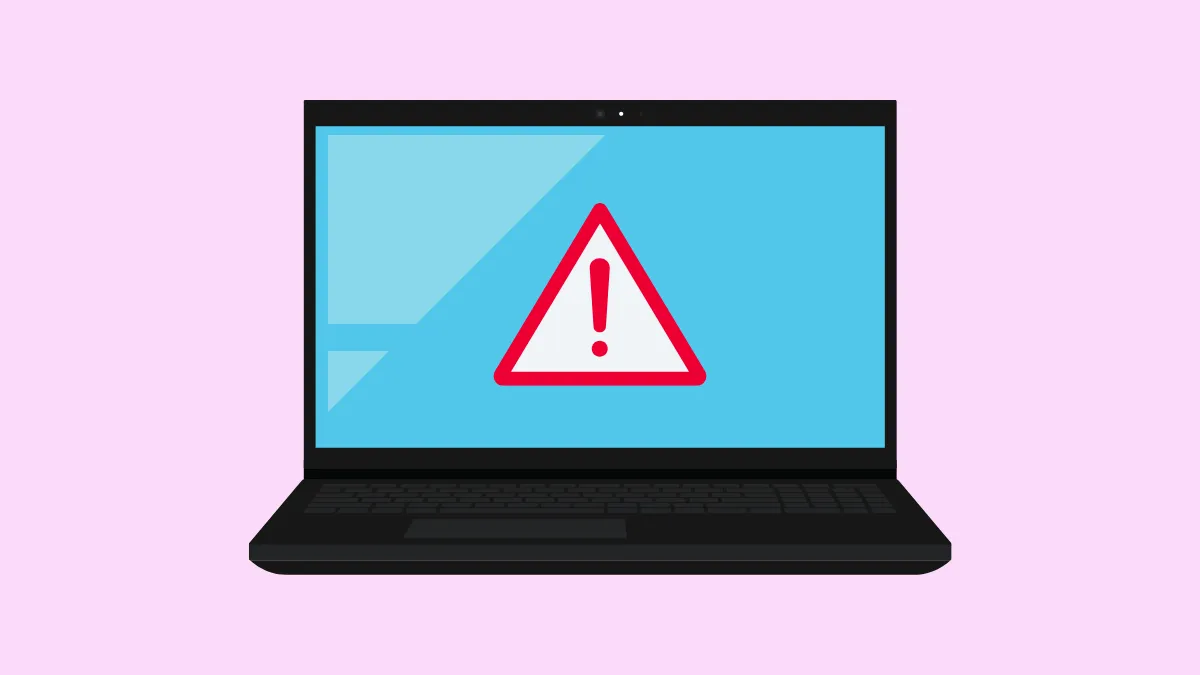Dell Latitude laptops and tablets use built-in LED diagnostic indicators to help users quickly pinpoint hardware issues. These LED codes flash in specific patterns of amber and white lights, signaling particular hardware faults. This guide explains how to identify these LED codes and provides practical solutions to resolve common errors.
Method 1: Identify and Decode LED Error Patterns on Dell Latitude Laptops (2023 and Later)
Step 1: Locate the diagnostic LED indicator on your Latitude laptop. On most recent models, this LED is integrated into the battery charge indicator located on the side of the laptop.
Step 2: Observe the LED blinking pattern carefully. Dell LED diagnostic codes consist of two groups of blinking lights: the first group blinks amber, and the second group blinks white. For example, a pattern of two amber blinks followed by three white blinks (2,3) indicates "No Memory Detected."
Step 3: Match your observed LED pattern to the following common error codes:
- 2 amber, 1 white: CPU failure. Run Intel CPU diagnostic tools; if unresolved, contact Dell Technical Support.
- 2 amber, 2 white: Motherboard BIOS or ROM failure. Flash the BIOS to the latest version; if unresolved, contact Dell Technical Support.
- 2 amber, 3 white: No memory detected. Reseat or replace RAM modules as necessary.
- 2 amber, 4 white: Memory failure. Test RAM modules individually and replace faulty ones.
- 3 amber, 1 white: CMOS battery failure. Replace the CMOS battery.
- 3 amber, 2 white: Video subsystem failure. Contact Dell Technical Support for further assistance.
For detailed information on additional patterns, refer to Dell's official Latitude Diagnostic LED Reference Guide.
Step 4: After identifying the issue, proceed to resolve it using the recommended troubleshooting steps. If you cannot resolve the issue, contact Dell Technical Support for further guidance.
Method 2: Diagnose and Fix Battery LED Issues on Latitude Laptops (E-Series Models)
Step 1: On Latitude E-series laptops, the battery LED indicator is located near the front right side of the laptop. Observe the LED behavior when the laptop is connected to an AC adapter or running on battery power.
Step 2: Decode the battery LED patterns:
- Alternating amber and white blinking: Unsupported or unauthenticated AC adapter detected. Replace or reseat the adapter.
- Constant amber blinking: Fatal battery failure. Replace the battery.
- Amber blinking with steady white: Temporary battery failure. Reseat or replace the battery.
- Solid amber: Battery charge critically low. Connect the laptop to an AC adapter immediately.
Step 3: If the battery issue persists after reseating or replacing components, run Dell’s built-in preboot diagnostic test by restarting your laptop and pressing F12 at startup. Select "Diagnostics" from the boot menu to troubleshoot further. For more details, see Dell’s official guide on Running Preboot Diagnostic Tests.
Method 3: Understanding and Resolving LED Error Codes on Latitude Tablets
Step 1: Latitude tablets use the power button LED to communicate diagnostic codes. Observe the blinking pattern carefully.
Step 2: Decode the LED blinking pattern:
- 1 blink: BIOS ROM failure. Contact Dell Technical Support.
- 2 blinks: No memory detected. Reseat or replace memory modules.
- 3 blinks: System board failure. Contact Dell Technical Support.
- 4 blinks: RAM failure. Replace memory modules.
- 5 blinks: Real-time clock failure. Replace CMOS battery.
- 6 blinks: Video subsystem failure. Contact Dell Technical Support.
Step 3: After identifying the problem, follow the recommended troubleshooting steps. If the problem persists, contact Dell Technical Support for additional assistance.
Method 4: Resolving Older Latitude D-series Laptop LED Issues (Models Before 2008)
Step 1: For older Latitude models (D-series), diagnostic LEDs are located on the front or top panel. Observe the LED patterns carefully.
Step 2: Common LED error codes include:
- Flashing green: Battery nearly fully charged. No action required.
- Flashing orange: Battery charge critically low. Connect to AC adapter immediately.
- Solid orange: Battery critically low; replace battery if it does not hold a charge.
Step 3: If the issue persists, run built-in diagnostics by restarting and pressing F12 at startup. Select "Diagnostics" from the boot menu.
Additional Tips and Resources
If the LED error code you encounter is not listed here or if the troubleshooting steps do not resolve your issue, it's advisable to contact Dell Technical Support directly. Dell provides comprehensive diagnostic tools and support services to assist users in resolving hardware issues promptly and effectively.
For more detailed information about LED diagnostic codes across various Dell models, you can also refer to Dell’s official OptiPlex Diagnostic Indicators Guide or the Vostro Diagnostic Indicators Guide.
By following these steps, you can quickly identify and address common Dell LED error codes, getting your Latitude laptop or tablet back up and running smoothly.


